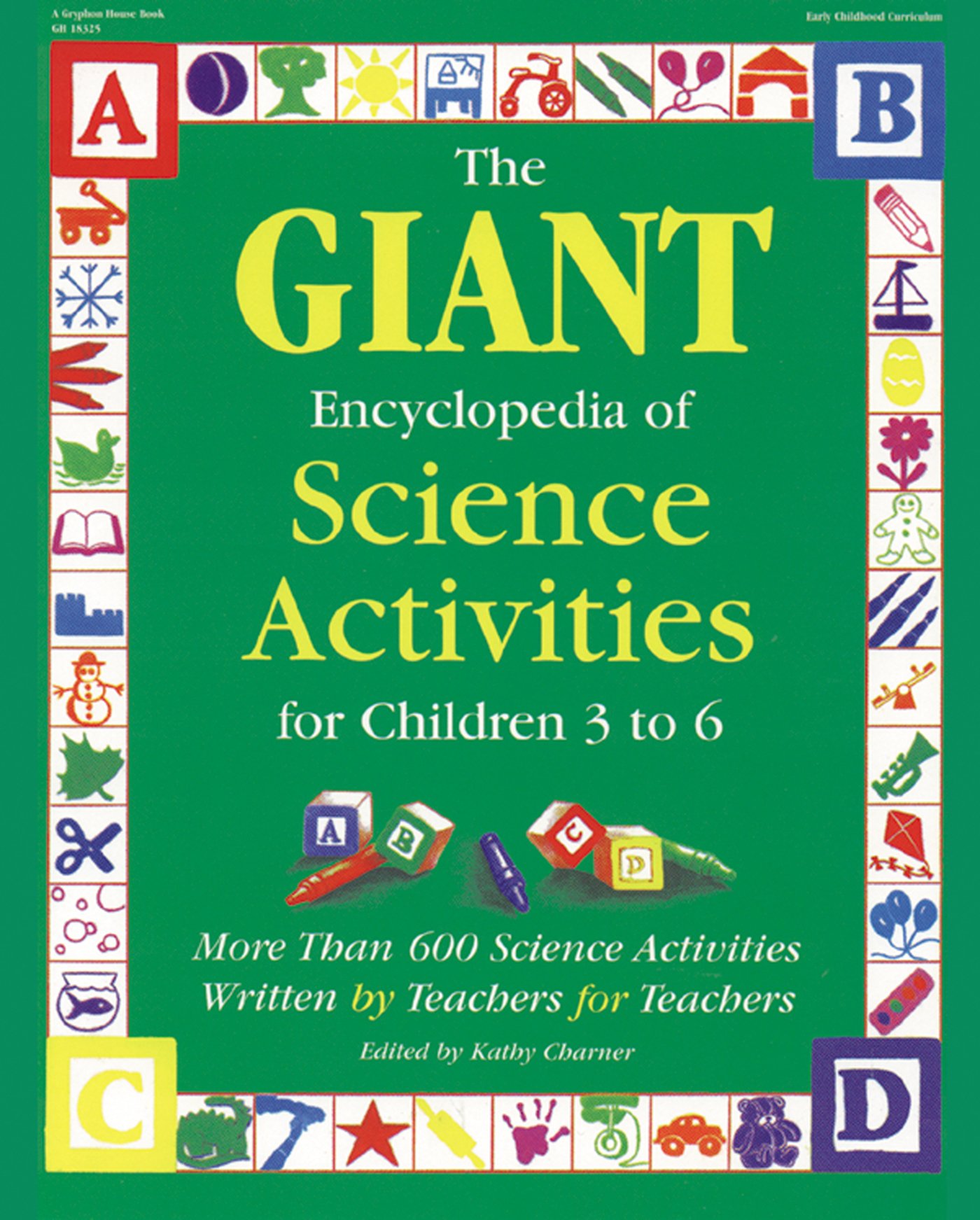Materials
Soil
Plastic cups
Sunny windowsill
Several of the following seeds: bee balm, foxglove, heliotrope, lilac, lupine, morning glory, nasturtium, pansy, Queen Anne's Lace, snapdragon, sunflower, sweet William, viburnum, yarrow
Instructions
1. Discuss butterflies and describe the types of flowers that attract them. Tell the children that butterflies need a natural, chemical-free environment with a little shelter. A commercial butterfly house or a trellis with vines, such as morning glory, may be a shelter for a butterfly.
2. Decide on a place for your butterfly garden. It can be an established garden site, a window box or hanging planters. Let the children help select the place and design the garden, choosing plants in different colors, scents and heights. Include a bench or other seating if possible and bricks or other absorbent rocks. The rock or brick can be doused with sugar water occasionally to give the butterflies an extra treat.
3. Plant the seeds in plastic cups. Keep them on a sunny windowsill and keep the soil moist. When the seedlings are about 2" (5 cm) tall, transplant them to your garden or pots and remember to water them. Now relax,and wait for the butterflies to come! More to doArt: Cut up clean plastic milk cartons into butterfly shapes and tape them to dowels. Let the children decorate the butterflies and use them as plant markers.Math: Measure seedlings or count seeds.
